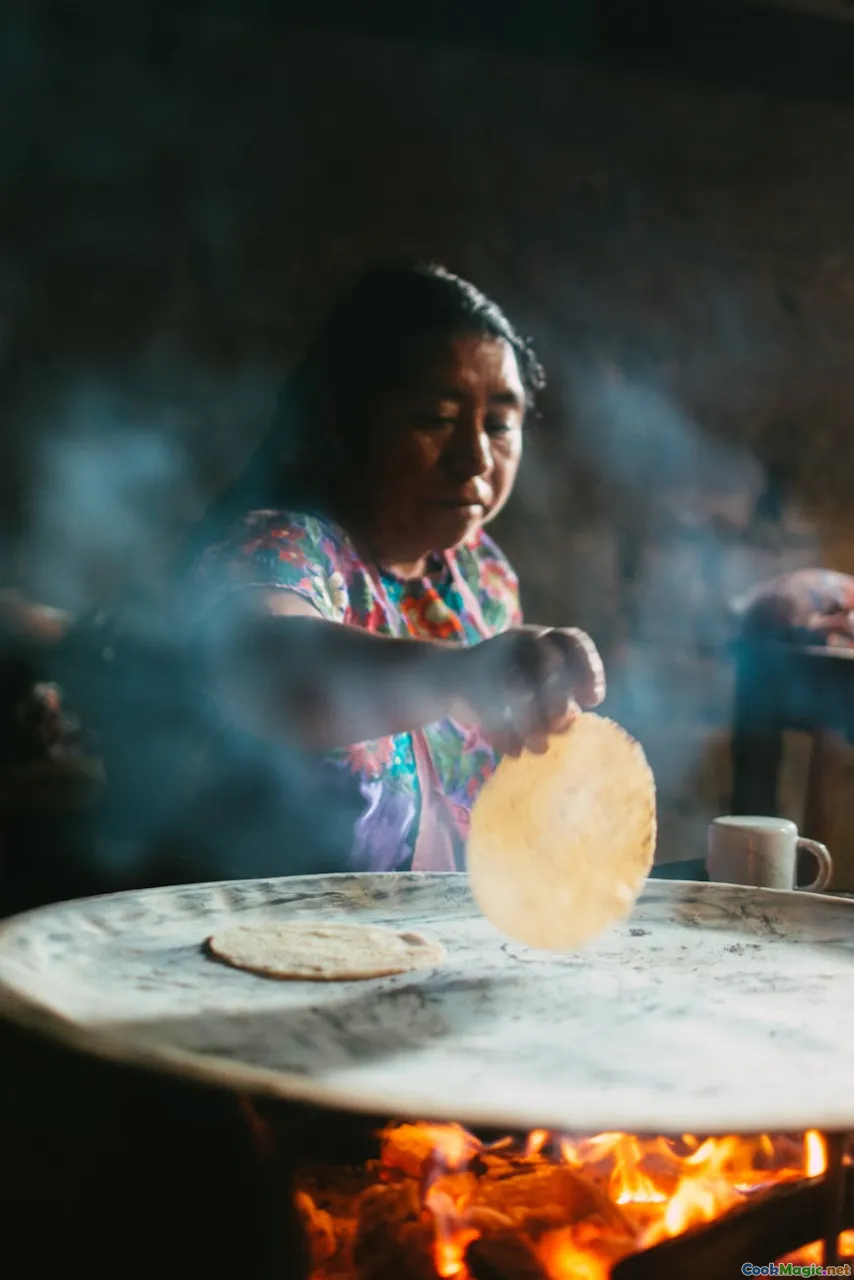Harnessing Indigenous Mexican Ingredients in Desserts
8 min read Discover the rich world of indigenous Mexican ingredients and how they elevate traditional desserts with vibrant flavors and cultural depth. April 20, 2025 05:00
Harnessing Indigenous Mexican Ingredients in Desserts
Imagine biting into a dessert that not only satisfies your sweet tooth but also transports you to the heart of Mexico’s vibrant landscapes, rich history, and centuries-old traditions. Mexican cuisine, renowned worldwide for its bold flavors and complex techniques, holds a treasure trove of indigenous ingredients that have been used for generations—not just in savory dishes, but also in the creation of desserts that are as culturally significant as they are delicious.
The Cultural Tapestry of Mexican Desserts
Mexico’s culinary landscape is a colorful tapestry woven with indigenous roots and colonial influences. Indigenous ingredients like cacao, vanilla, chiles, and native fruits form the foundation of many traditional sweets. These ingredients are more than just flavorings; they carry stories of ancient civilizations such as the Aztecs and Mayans, who revered cacao as a sacred gift from the gods and used native fruits to craft delicacies that celebrated life and spirituality.
The Heart of Indigenous Ingredients in Mexican Sweetness
1. Cacao: The Soul of Mexican Sweets
Cacao, indigenous to Mesoamerica, is undoubtedly one of Mexico’s most iconic ingredients. Long before it became the foundation of modern chocolate, cacao beans were sacred offerings in Aztec and Mayan rituals. Traditional Mexican desserts like mole sauces incorporate cacao, but it also shines in simpler forms—hot chocolate made with stone-ground cacao, or torta de cacao, a rustic cacao-based treat.
In traditional Mexican desserts, cacao is often used in chocolates de metate—hand-rolled chocolates with intense, earthy flavors that evoke the ancient preparation methods. Imagine a rich, velvety hot chocolate spiced with cinnamon and a hint of chili—an experience that awakens the senses and connects you to centuries of indigenous history.
2. Vanilla from the Totonac Regions
Mexican vanilla, particularly from the region around Papantla, is considered the finest in the world. Unlike the chemically extracted vanilla often found globally, authentic Mexican vanilla is a complex, aromatic extract derived from native orchids (vanilla planifolia). Its deep, creamy notes are essential in traditional desserts such as cajeta (goat milk caramel) or arroz con leche (rice pudding). The vanilla’s floral and woody undertones elevate these sweets into a sensory experience that feels both luxurious and rooted in tradition.
3. Chiles: Spicing Up Sweetness
While chiles are typically associated with spicy savory dishes, indigenous Mexican chiles like chipotle, ancho, and pasilla have found their way into desserts, adding depth and complexity. Dried chiles are often infused into syrups, chocolates, or fruit preserves, creating a balance of heat, smoky aroma, and sweetness.
For example, mole dulce—a sweetened variation of the traditional mole sauce—combines chocolate and chiles, capturing the essence of indigenous spice blending.
4. Native Fruits and Nuts
Mexican native fruits such as guanábana (soursop), mamey, zapote negro, and tuna (prickly pear fruit) are used in jams, candies, and frozen treats. Their unique textures and flavors add a tropical, exotic character to desserts.
Native nuts like piñón (pine nuts) and amates (similar to almonds) are also incorporated into confections, providing crunch and richness.
Signature Indigenous-Inspired Mexican Desserts
Cajeta de Celaya with a Modern Twist
Cajeta, a caramel-like confection made from goat’s milk, traditionally flavored with vanilla and cinnamon, can be infused with native ingredients such as mamey or zapote negro to create vibrant new flavors. Imagine a cajeta swirled with the deep red hues of mamey, offering a luscious, fruity twist.
Chocolates de Metate and Spiced Hot Chocolates
Hand-ground chocolates prepared on a metate (stone grinder) are a cornerstone of Mexican confectionery. Infusing these chocolates with dried chiles or native vanilla creates a complex, layered flavor profile perfect for sipping during cooler months.
Tuna and Fruit-Based Sorbets
Prickly pear (tuna) is a versatile ingredient, used in making refreshing sorbets or icy pops that showcase its vivid color and mildly sweet flavor. Coupled with lime or a hint of chili, these treats evoke the spirit of Mexican markets.
Dulce de Amaranto (Amaranth Candy)
Amaranth seeds, native to Mexico and Central America, are toasted and coated in honey or syrup to create crunchy, nutritious candies that are both flavorful and culturally significant.
Personal Reflections and Cultural Significance
As someone who has traveled through rural Oaxaca and the Yucatán Peninsula, I have personally tasted how indigenous ingredients elevate desserts beyond mere sweetness—they are storytellers. Whether it's the deep bitterness of cacao balanced by the sweetness of native fruits or the smoky warmth of chiles in a chocolate sauce, these ingredients connect us to Mexico’s ancestral past.
The process of harnessing these ingredients requires respect and understanding. Many artisans still prepare these ingredients using traditional methods, preserving techniques passed down through generations. Supporting local producers and artisans ensures that these vibrant flavors continue to thrive and inspire future culinary innovations.
Final Thoughts: A Celebration of Heritage and Innovation
Harnessing indigenous Mexican ingredients in desserts is more than a culinary trend; it’s a celebration of a rich cultural heritage. It invites us to explore flavors that are as complex and diverse as Mexico itself. By embracing these ingredients, chefs and home cooks alike can create desserts that are not only delicious but also meaningful—a tribute to the land, history, and people who have cultivated these flavors for centuries.
So next time you indulge in a Mexican sweet, take a moment to appreciate the indigenous roots that make it truly special. From the sacred cacao beans to the fiery hints of a dried chile, these ingredients remind us that the most profound flavors often come from the most ancient and authentic sources.









